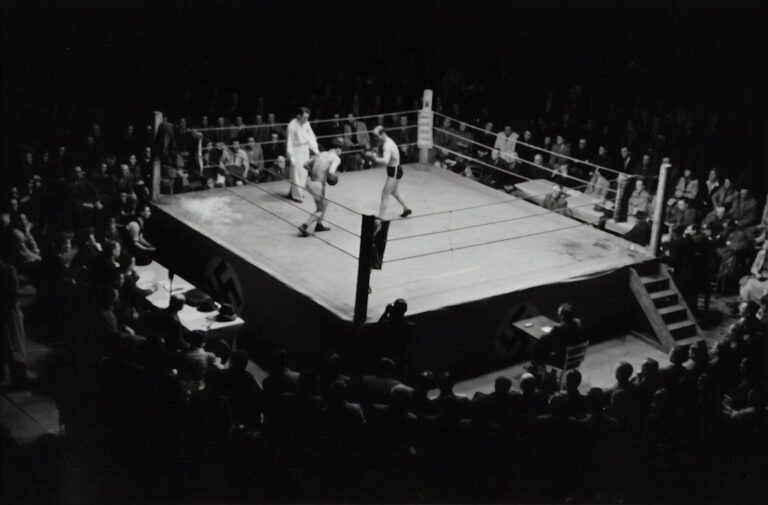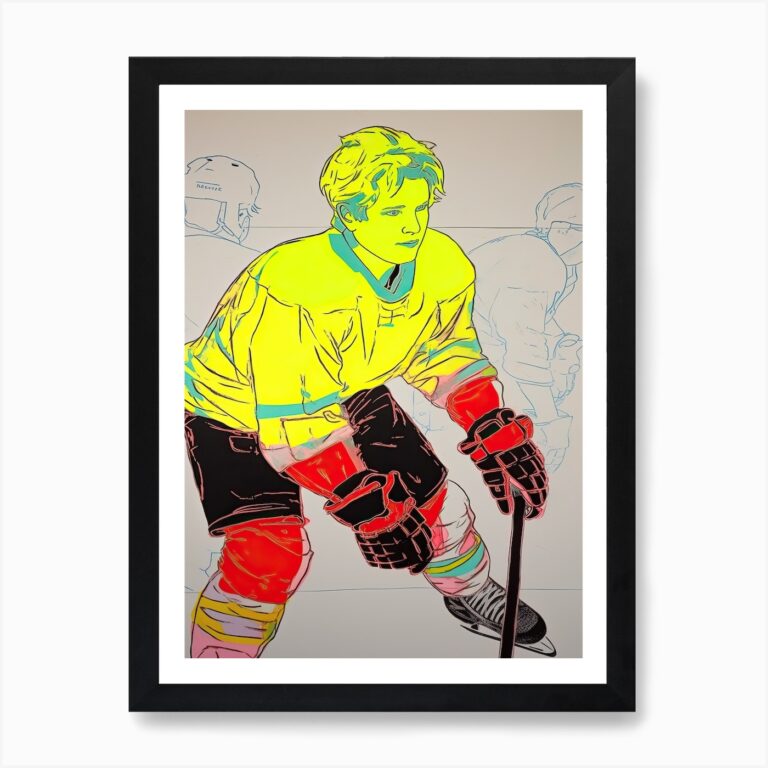Cue sports, also known as billiards, have a rich history that dates back centuries. The origins of cue sports can be traced back to games played in Europe during the 15th century. Over time, different variations of the game emerged, including pool, snooker, and billiards.
Pool is perhaps the most well-known cue sport and is played on a table with six pockets. The objective of the game is to use a cue stick to strike the cue ball and pocket the object balls. There are several variations of pool, including eight-ball and nine-ball.
Snooker is another popular cue sport that originated in the late 19th century. It is played on a larger table with smaller pockets and uses 21 object balls. The objective of snooker is to score more points than your opponent by pocketing the object balls in a specific order.
Billiards, also known as carom billiards, is a cue sport that does not involve pockets. Instead, players use a cue stick to strike the cue ball and make it contact two object balls. The objective of billiards is to score points by making carom shots.
To play cue sports, you will need a few essential pieces of equipment. This includes a cue stick, which is used to strike the balls, and a set of balls specific to the game you are playing. The table itself is also an important component, as it provides the playing surface for the game.
Key Takeaways
- Cue sports involve using a cue stick to hit balls into pockets on a table.
- Choosing the right cue stick is important for comfort and accuracy.
- Proper stance and body positioning can greatly improve your shots.
- Understanding spin and English can give you more control over the cue ball.
- A strong break can set the tone for the rest of the game.
Choosing the Right Cue: Finding the Perfect Match
Choosing the right cue stick is crucial for any cue sports player. There are several factors to consider when selecting a cue stick that suits your playing style and preferences.
One important factor to consider is the weight of the cue stick. Cue sticks typically range from 18 to 21 ounces in weight. The weight you choose will depend on your personal preference and playing style. Some players prefer a lighter cue for faster shots, while others prefer a heavier cue for more control.
The length of the cue stick is another important consideration. Most cue sticks are 57 to 59 inches long, but there are also shorter cues available for players who prefer a different length. The length you choose should be comfortable for your height and arm length.
The tip size of the cue stick is also an important factor to consider. Tip sizes typically range from 11 to 14 millimeters. A smaller tip size will provide more control and accuracy, while a larger tip size will allow for more spin and English on the ball.
The material of the cue stick is another consideration. Cue sticks are typically made from wood, such as maple or ash. Some cues may also have additional materials, such as carbon fiber or fiberglass, to enhance their performance. The material you choose will depend on your personal preference and budget.
Before purchasing a cue stick, it is important to test it out to ensure it feels comfortable and suits your playing style. Take some practice shots with the cue to see how it feels in your hands and how it performs on the table. Pay attention to the weight, balance, and overall feel of the cue.
Once you have chosen a cue stick, it is important to properly maintain and care for it. Keep the cue stick clean by wiping it down with a soft cloth after each use. Avoid exposing the cue stick to extreme temperatures or moisture, as this can damage the wood. It is also a good idea to periodically replace the tip of the cue stick to ensure optimal performance.
Perfecting Your Stance: Mastering the Art of Body Positioning
Having a proper stance is essential for success in cue sports. Your stance provides the foundation for your shot and can greatly impact your accuracy and control.
To achieve a stable and comfortable stance, start by positioning your feet shoulder-width apart. Your lead foot, which is the foot closest to the shot, should be slightly ahead of your other foot. This will help you maintain balance and stability throughout your shot.
Bend your knees slightly to lower your center of gravity and provide stability. Keep your back straight and your head level, with your eyes focused on the object ball or target area. Your non-dominant hand should be used to support and guide the cue stick, while your dominant hand grips the cue.
Avoid leaning or hunching over the table, as this can throw off your balance and alignment. Instead, maintain an upright posture and use your legs and core muscles to generate power and control in your shot.
One common mistake to avoid is gripping the cue stick too tightly. A tight grip can restrict your movement and make it difficult to execute a smooth stroke. Instead, hold the cue stick with a relaxed and loose grip, allowing for a fluid and controlled stroke.
Another common mistake is not following through on your shot. After striking the cue ball, continue your stroke and follow through with the cue stick. This will help ensure a smooth and accurate shot.
Practice your stance regularly to develop muscle memory and consistency. Experiment with different stances and positions to find what works best for you. With practice, you will be able to achieve a stable and comfortable stance that allows for optimal performance in cue sports.
The Art of Cue Ball Control: Understanding Spin and English
| Metrics | Values |
|---|---|
| Number of pages | 240 |
| Author | Arthur “Babe” Cranfield |
| Publisher | Billiards Press |
| Publication date | January 1, 1998 |
| ISBN-10 | 096492049X |
| ISBN-13 | 978-0964920492 |
| Language | English |
| Topics covered | Cue ball control, Spin, English, Shot making, Position play |
Cue ball control is a crucial skill in cue sports that allows players to position the cue ball for their next shot. Spin, also known as English, refers to the rotation of the cue ball after it is struck by the cue stick.
There are several types of spin that can be applied to the cue ball, including topspin, backspin, sidespin, and stun. Topsin is applied by striking the cue ball above its center, causing it to roll forward after contact with the object ball. Backspin is applied by striking the cue ball below its center, causing it to spin backward after contact with the object ball.
Sidespin, also known as side English, is applied by striking the cue ball to the left or right of its center. This causes the cue ball to spin in the desired direction after contact with the object ball. Sidespin can be used to control the angle and path of the cue ball after it makes contact with other balls on the table.
Stun is a type of spin that is applied by striking the cue ball at its center. This causes the cue ball to stop or stun after contact with the object ball, rather than rolling forward or spinning backward.
To apply spin and English to your shots, it is important to have a consistent and smooth stroke. Focus on striking the cue ball in the desired location and follow through with your stroke to ensure proper spin and control.
Practice drills can help improve your cue ball control and ability to apply spin. Set up specific shots that require different types of spin and practice executing them. Start with simple shots and gradually increase the difficulty as you improve.
Mastering the Break: Tips and Techniques for a Strong Start
The break shot is one of the most important shots in cue sports, as it sets the tone for the rest of the game. A strong break can give you an advantage by pocketing balls and spreading them out on the table.
There are several types of breaks that can be used in cue sports, including a soft break, medium break, and power break. The type of break you choose will depend on your playing style and the specific game you are playing.
A soft break involves striking the cue ball with less force, causing it to gently scatter the balls on the table. This type of break is often used in games like nine-ball, where pocketing a specific ball is required on the break.
A medium break involves striking the cue ball with moderate force, causing it to spread the balls on the table and potentially pocket one or more balls. This type of break is often used in games like eight-ball, where the objective is to pocket all of your designated balls.
A power break involves striking the cue ball with maximum force, causing it to break up the rack and send balls flying around the table. This type of break is often used in games like straight pool, where the objective is to score as many points as possible.
To achieve a consistent and powerful break, it is important to have a solid stance and a smooth stroke. Focus on striking the cue ball in the center and follow through with your stroke. Experiment with different speeds and forces to find what works best for you.
Consistency is key when it comes to the break shot. Practice your break regularly to develop muscle memory and improve your technique. Pay attention to the results of your break and make adjustments as needed.
Advanced Shot Techniques: Banks, Caroms, and Combination Shots

Once you have mastered the basics of cue sports, you can start exploring advanced shot techniques that can give you an edge in the game. Banks, caroms, and combination shots are three advanced shot techniques that require skill and precision.
A bank shot involves using the rails of the table to pocket a ball. This can be done by striking the object ball at an angle that causes it to rebound off one or more rails and into a pocket. Bank shots require careful calculation of angles and speed.
A carom shot, also known as a billiard shot, involves using the cue ball to strike two object balls in succession. The objective of a carom shot is to make both object balls contact each other without pocketing either one. Carom shots require precise positioning and control of the cue ball.
A combination shot involves using one object ball to pocket another. This can be done by striking the first object ball in a way that causes it to contact the second object ball and send it into a pocket. Combination shots require careful alignment and timing.
To improve your skills in advanced shot techniques, practice drills can be helpful. Set up specific shots that require banks, caroms, or combination shots and practice executing them. Start with simple shots and gradually increase the difficulty as you improve.
Reading the Table: Developing Strategic Thinking
Strategic thinking is an important skill in cue sports that can give you an advantage over your opponent. By reading the table and planning your shots, you can position yourself for success and make it difficult for your opponent to score.
To read the table, start by assessing the layout of the balls and identifying any clusters or problem areas. Look for opportunities to pocket balls and create breakouts for difficult shots.
Plan your shots in advance by considering the position of the cue ball after each shot. Think several shots ahead and consider how each shot will impact the position of the balls on the table.
Look for patterns and trends in your opponent’s play to anticipate their next move. Pay attention to their strengths and weaknesses and adjust your strategy accordingly.
Developing a winning strategy requires practice and experience. Play regularly against different opponents to gain a better understanding of different playing styles and strategies. Analyze your own performance and make adjustments as needed.
The Mental Game: Staying Focused and Confident
The mental game is just as important as the physical game in cue sports. Staying focused and confident can greatly impact your performance on the table.
Mental toughness is crucial in cue sports, as it allows you to stay calm under pressure and make clear decisions. Develop mental toughness by practicing mindfulness techniques, such as deep breathing and visualization.
Stay focused during matches by eliminating distractions and staying present in the moment. Avoid thinking about past mistakes or future outcomes and instead focus on the task at hand.
Confidence is key in cue sports. Believe in your abilities and trust your instincts. Visualize success and approach each shot with confidence and determination.
Managing nerves and pressure is another important aspect of the mental game. Develop techniques to calm your nerves, such as positive self-talk or a pre-shot routine. Embrace the pressure and use it as motivation to perform at your best.
Practicing with Purpose: Tips for Effective Training
Practicing with purpose is essential for improving your skills in cue sports. Randomly hitting balls around the table may be fun, but it will not lead to significant improvement. Instead, structure your practice sessions to focus on specific areas of your game that need improvement.
Start by setting specific goals for each practice session. This could be improving your break shot, working on cue ball control, or practicing advanced shot techniques. Having a clear goal in mind will help you stay focused and motivated during practice.
Break down your practice sessions into smaller drills and exercises that target specific skills. For example, you could set up a drill that focuses on pocketing balls from different angles or a drill that focuses on controlling the cue ball.
Practice regularly to develop muscle memory and consistency. It is better to practice for shorter periods of time more frequently than to have long practice sessions infrequently.
Stay motivated and engaged during practice by mixing up your drills and exercises. Challenge yourself with new and difficult shots, and track your progress over time.
Taking Your Game to the Next Level: Competing and Winning at Cue Sports
Competing in cue sports tournaments can be a great way to test your skills and take your game to the next level. To compete and win at cue sports, it is important to prepare mentally and physically for matches.
Mentally prepare for matches by visualizing success and developing a pre-match routine. Stay focused on your game plan and avoid getting distracted by your opponent or external factors.
Physically prepare for matches by staying in good physical condition. Cue sports require stamina and endurance, so it is important to maintain a healthy lifestyle and engage in regular exercise.
Develop strategies for winning matches by studying your opponents and identifying their strengths and weaknesses. Adjust your game plan accordingly and exploit any weaknesses you observe.
Stay positive and confident during matches, even if things are not going your way. Believe in your abilities and trust your instincts. Stay focused on the present moment and take each shot one at a time.
Remember that winning is not everything. Enjoy the process of playing cue sports and focus on continuous improvement. Learn from your losses and use them as motivation to become a better player.
In conclusion, cue sports are a challenging and rewarding game that require skill, strategy, and mental toughness. By understanding the basics, choosing the right cue, perfecting your stance, mastering cue ball control, and practicing with purpose, you can take your game to the next level and achieve success in cue sports. Whether you are a beginner or an experienced player, there is always room for improvement and growth in cue sports. So grab your cue stick, practice with purpose, and enjoy the journey of becoming a skilled cue sports player.
If you’re a fan of sports that require precision and strategy, then you’ll love the article on Off to Sports titled “Sports That Use a Cue and Balls.” This article explores various sports that involve using a cue stick and balls, such as billiards, snooker, and pool. Whether you’re a beginner looking to learn the basics or an experienced player seeking new challenges, this article provides valuable insights and tips to enhance your gameplay. So grab your cue stick and dive into the world of cue sports by checking out this informative article here.
FAQs
What is sport with cue and balls?
Sport with cue and balls refers to a group of sports that involve using a cue stick to hit balls on a table. Examples of sports in this category include billiards, snooker, and pool.
What is the difference between billiards, snooker, and pool?
Billiards, snooker, and pool are all sports that involve using a cue stick to hit balls on a table, but they differ in terms of the number of balls used, the size of the table, and the rules of the game. Billiards is played with three balls on a table without pockets, while snooker is played with 21 balls on a larger table with pockets. Pool, on the other hand, is played with 16 balls on a smaller table with pockets.
What are the basic rules of billiards?
In billiards, the objective is to score points by hitting the white cue ball with the cue stick and making it contact the other two balls on the table. Points are awarded based on the number of cushions the cue ball hits before making contact with the other balls. The player with the highest score at the end of the game wins.
What are the basic rules of snooker?
In snooker, the objective is to score points by potting (pocketing) the red balls and then the colored balls in a specific order. The player with the highest score at the end of the game wins. Fouls are penalized by awarding points to the opponent.
What are the basic rules of pool?
In pool, the objective is to pocket all of the balls of one’s assigned group (either stripes or solids) and then the black 8-ball. Fouls are penalized by allowing the opponent to place the cue ball anywhere on the table. The player who pockets the 8-ball after all of their assigned group has been pocketed wins the game.




